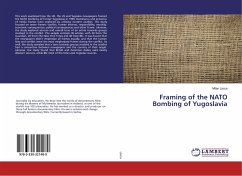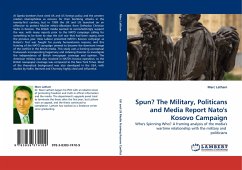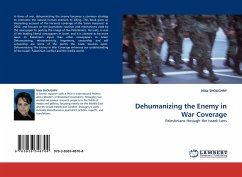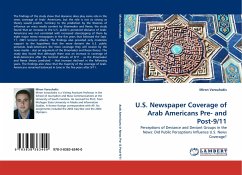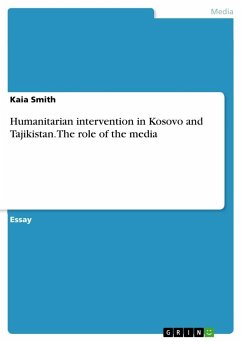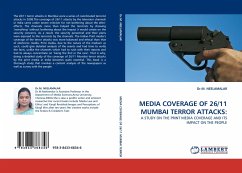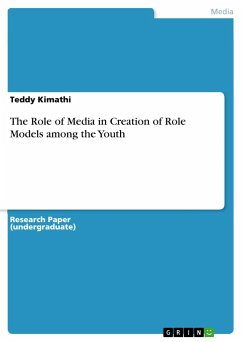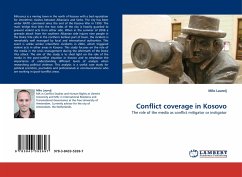
Conflict coverage in Kosovo
The role of the media as conflict mitigator or instigator
Versandkostenfrei!
Versandfertig in 6-10 Tagen
32,99 €
inkl. MwSt.

PAYBACK Punkte
16 °P sammeln!
Mitrovica is a mining town in the north of Kosovo with a bad reputation for interethnic clashes between Albanians and Serbs. The city has been under NATO command since the end of the Kosovo War in 1999. The main bridge that links the two sides of the city is heavily guarded to prevent violent acts from either side. When in the summer of 2006 a grenade attack from the southern Albanian side injures nine people in the Dolce Vita cafe in the northern Serbian part of town, the incident is remarkably well managed by local and international authorities. This event is unlike similar interethnic incid...
Mitrovica is a mining town in the north of Kosovo with a bad reputation for interethnic clashes between Albanians and Serbs. The city has been under NATO command since the end of the Kosovo War in 1999. The main bridge that links the two sides of the city is heavily guarded to prevent violent acts from either side. When in the summer of 2006 a grenade attack from the southern Albanian side injures nine people in the Dolce Vita cafe in the northern Serbian part of town, the incident is remarkably well managed by local and international authorities. This event is unlike similar interethnic incidents in 2004, which triggered violent acts in other areas in Kosovo. This study focuses on the role of the media in the crisis management during the aftermath of the Dolce Vita attack. The aim of this study is to shed light on the role of the media in the post-conflict situation in Kosovo and to emphasise the importance of understanding different levels of analysis when researching politicalviolence. This analysis is a useful case study for political scientists, journalists and professionals in communications who are working in (post-)conflict areas.



